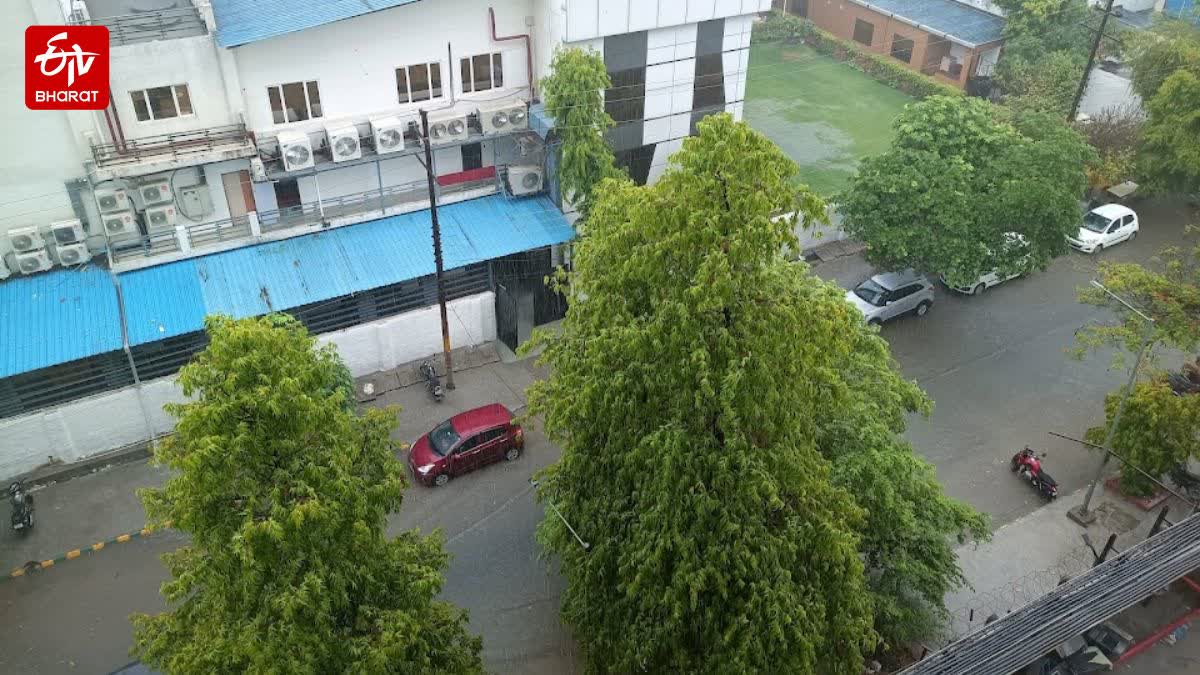Hyderabad: Trees are generally viewed as the ultimate solution to tackle urban heat stress. However, new research led by the University of Cambridge suggests that planting the wrong trees in unsuitable spots can have the opposite effect as trees can make cities hotter at night by trapping heat in their canopies.
The study, published in Communications Earth & Environment, reveals that urban trees can reduce pedestrian-level air temperatures by up to 12°C and lower peak monthly temperatures below 26°C, achieving the 'thermal comfort threshold.' However, the cooling effectiveness varies globally, influenced by three factors-- tree species, urban design, and climate conditions.
Dr Ronita Bardhan, Associate Professor of Sustainable Built Environment at Cambridge's Dept. of Architecture challenges the belief that trees alone can solve urban overheating worldwide. Trees are essential for cooling cities, but they must be planted strategically to maximise benefits, she says.
Previous research on urban tree cooling has been fragmented, focusing on specific climates or regions, and has overlooked how unique tree cooling mechanisms interact with various urban features. The study analysed 182 studies from 2010 to 2023, covering 17 climates in 110 global cities, to offer the first comprehensive global assessment of urban tree cooling.
It found that during the day, trees cool cities by blocking solar radiation, evaporating water through leaf pores, and altering airflow with their foliage. At night, tree canopies can trap longwave radiation from the ground due to aerodynamic resistance and the closure of leaf pores in response to heat and drought stress.
The study found that urban trees cool cities more effectively in hot, dry climates than in hot, humid ones. For instance, in the tropical savanna climate, trees can cool cities by up to 12°C during the day but can also increase night temperatures by 0.8°C. In arid climates, trees provide about 9°C of cooling during the day and 0.4°C of warming at night.
In tropical rainforest climates, the cooling effect drops to about 2°C during the day with a 0.8°C increase at night. Temperate climates see up to 6°C cooling during the day and 1.5°C warming at night. Cities with open urban layouts featuring a mix of evergreen and deciduous trees tend to experience better cooling effects in temperate, continental, and tropical climates.



